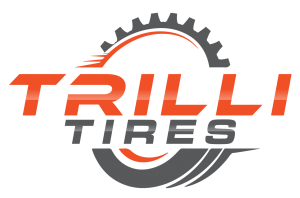tire changeover
tire changeover vs tire swap
A tire changeover requires one set of wheels and two sets of tires and involves keeping your existing wheels while only switching out the rubber tires. This is initially the less expensive option as it doesn’t require purchasing a second set of wheels.
A tire swap requires two sets of wheels and two sets of tires and involves replacing both the wheels and tires on your vehicle. This option is more expensive at first as it requires purchasing a second set of wheels – but it’s less expensive in the long run due to Swaps costing less to perform than changeovers.
A tire changeover requires one set of wheels and two sets of tires and involves keeping your existing wheels while only switching out the rubber tires. This is initially the less expensive option as it doesn’t require purchasing a second set of wheels.
Frequently Asked Questions
The average time for an on-rim changeover is around 30 minutes. It may take longer if you need an off-rim service. This is because the tires must be removed from one set of rims and then installed on another set and then rebalanced before being mounted on the vehicle.
After a tire changeover, it is a good idea for your tires to be retorqued. Your technician will need to determine how much to tighten your lug nuts after you have had your wheels changed. If not torqued properly, there is a chance that the wheels can come off once the vehicle is on the move.
When temperatures drop below 7° Celsius, you should have your winter tires on. This usually happens in late fall before snow and ice begin.
When the winter weather has ended and temperatures rise above 7, you should switch to all-season tires.
Yes. Balancing your tires will make your ride smoother, reduce tire wear and lower the strain on your drivetrain.
